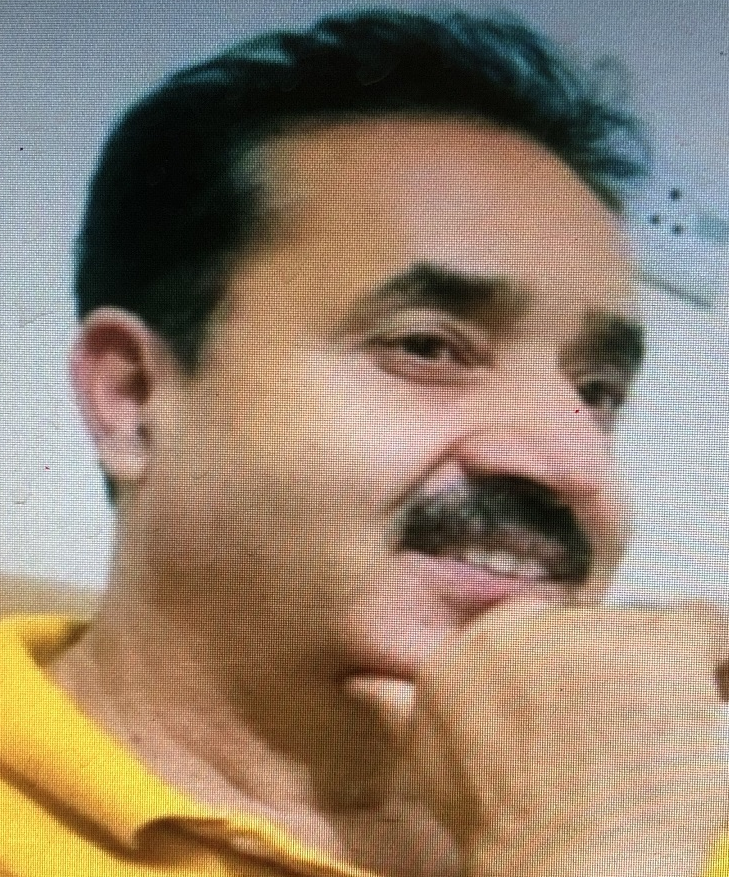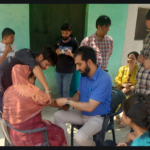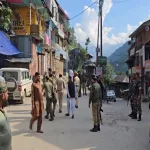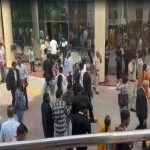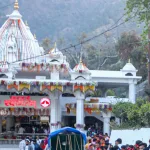In the serene valleys of Kashmir, where the snow-capped peaks kiss the azure sky and the tranquil lakes mirror the heavens, the story of the Kashmiri Pandits unfolds. This ancient community, known for its rich cultural heritage and intellectual prowess, has faced myriad challenges over the centuries. Today, however, a new and poignant dilemma confronts them: the erosion of family unity. In the quest for progress and prosperity, the very fabric of familial bonds that once held the community together is fraying. This issue, while universal, has a unique resonance among the Kashmiri Pandits, where tradition and modernity clash, leaving the elderly yearning for the warmth and closeness that is increasingly rare.
The history of the Kashmiri Pandits is a tapestry woven with resilience and cultural richness. This community has long been the custodian of Kashmir’s unique spiritual and intellectual legacy. Yet, the idyllic life of the Pandits was violently disrupted in the late 20th century. The exodus of 1990, driven by escalating militancy and threats, forced thousands of Pandit families to flee their ancestral homeland. This mass displacement scattered the Pandits across India and abroad, fundamentally altering the structure of their community. The impact of this exodus reverberates to this day, amplifying the contemporary dilemma of eroding family unity.
Once, in the bustling households of the Kashmiri Pandits, laughter and chatter filled the air. Grandparents narrated ancient tales to wide-eyed grandchildren, mothers prepared traditional dishes that filled the home with tantalizing aromas, and fathers imparted wisdom on life’s myriad aspects. These homes were sanctuaries of love, care, and connectivity. The joint family system, deeply entrenched in Pandit culture, was a bedrock of support and intergenerational bonding. However, the forced migration in 1990 initiated a series of changes that loosened these familial ties.
As the winds of change swept through the community, the young sought opportunities far and wide, leaving behind the echo of their footsteps in silent hallways. The immediate aftermath of the exodus saw families crammed into refugee camps and makeshift accommodations, battling not just physical displacement but emotional and psychological upheaval. Over time, as resettlement efforts took root, younger members of the community pursued education and careers in cities far removed from the serene beauty of Kashmir. These urban centers, with their promises of career growth and modern lifestyles, beckoned them away from the traditional family hearth.
The children, armed with education and ambition, ventured into distant lands in search of better prospects. The diaspora spread across India and further into the global landscape. But in this pursuit, the ties that bound families began to loosen. The elderly parents, who once found solace in the daily presence of their offspring, now face the silent agony of separation. Their homes, once vibrant with life, now stand as poignant reminders of the togetherness that was. The elderly, who had envisioned their twilight years surrounded by the warmth and care of their loved ones, now grapple with a solitude that is both physical and emotional.
The elderly Kashmiri Pandits, who once reveled in the company of their children and grandchildren, now find themselves grappling with loneliness. The warmth of familial bonds, the comfort of shared moments, and the assurance of care in advancing years seem to have slipped away, like grains of sand through fingers. For them, the silence is deafening, and the walls of their homes seem to close in, accentuating their solitude. This separation is not just physical but emotional. The elderly, who yearn for the touch of a loving hand, the sound of a familiar voice, and the simple joy of shared moments, often find themselves deprived of these essential aspects of life.
The digital world, with its calls and messages, cannot replace the tangible warmth of presence. The festivals, once a time of joyous reunions, now feel like fleeting moments that only underscore the absence felt throughout the year. In today’s hyper-connected world, it is ironic that connectivity has become an illusion. While technology bridges distances, it also creates a chasm in genuine human connection. The elderly, who may not be adept at navigating the digital landscape, often find themselves on the periphery of this virtual connectivity. For them, a video call is a poor substitute for a hug, and a text message cannot convey the depth of emotion that a face-to-face conversation can.
Moreover, the demands of modern life mean that even these digital interactions are often rushed and superficial. The children, caught up in the whirlwind of their careers and personal lives, may find it challenging to devote quality time to their parents, even virtually. This superficial connectivity further alienates the elderly, who long for meaningful engagement and heartfelt conversations. The poignant reality for many Kashmiri Pandit families is that reunions now often occur only during celebrations or tragedies. Weddings, births, and festivals bring the family together, but these joyous occasions are tinged with the knowledge that they are fleeting. The laughter and camaraderie, while genuine, are temporary, and the impending separation casts a shadow over the festivities.
Conversely, tragedies such as illness or death draw families together, but these somber reunions highlight the gaps that exist. The presence of loved ones in times of grief is comforting, but it also serves as a reminder of the absence felt during happier times. The elderly, who may derive strength from the presence of their children during these times, also confront the painful reality of their solitary existence once the crisis passes. The dilemma faced by the Kashmiri Pandits is, in many ways, a clash between tradition and modernity. The traditional values of close-knit family units, respect for elders, and communal living are at odds with the modern pursuit of individual success and independence. This cultural dichotomy creates a sense of loss and longing among the elderly, who feel left behind in the rush towards modernity.
The Kashmiri Pandit culture, steeped in values of familial unity and mutual care, finds itself at a crossroads. The younger generation, influenced by globalized ideals, often prioritizes personal and professional growth over traditional obligations. While this is not inherently negative, it does create a void in the lives of the elderly, who find themselves grappling with the consequences of this shift. Addressing this erosion of family unity requires a multifaceted approach. The younger generation needs to be cognizant of the emotional and physical needs of their elderly parents. Regular visits, meaningful conversations, and ensuring that the elderly are actively involved in family decisions can go a long way in bridging the gap. It is essential to recognize that while career and personal ambitions are important, they should not come at the expense of familial bonds.
Community initiatives can also play a crucial role in mitigating this issue. Establishing support networks for the elderly, organizing cultural events that encourage family participation, and creating platforms for intergenerational interaction can help reinforce the importance of family unity. These initiatives can provide the elderly with a sense of belonging and engagement, reducing their feelings of isolation. The story of the Kashmiri Pandits, like the tranquil waters of the Dal Lake, reflects both beauty and melancholy. The community stands at a crucial juncture, where the decisions made today will shape the familial landscape of tomorrow. By acknowledging the emotional and practical challenges faced by the elderly and fostering a culture that values and nurtures family bonds, the Kashmiri Pandits can ensure that the essence of their rich heritage endures.
In the end, the true measure of a community lies in its ability to care for its most vulnerable members. The elderly, who have spent their lives nurturing and guiding the younger generations, deserve to spend their twilight years surrounded by love, care, and connection. As the Kashmiri Pandits navigate the complexities of contemporary life, they must strive to preserve the unity and warmth that have always been the cornerstone of their culture. Only then can the community truly thrive, honoring its past while embracing the future. The exodus, a significant event in their history, serves as a poignant reminder of the fragility of human bonds in the face of adversity. It is a call to the younger generation to remember and cherish their roots, to hold on to the threads that bind them to their elders, and to ensure that the story of the Kashmiri Pandits remains one of resilience, unity, and enduring love.
(Author is a columnist and can be reached at: [email protected])


